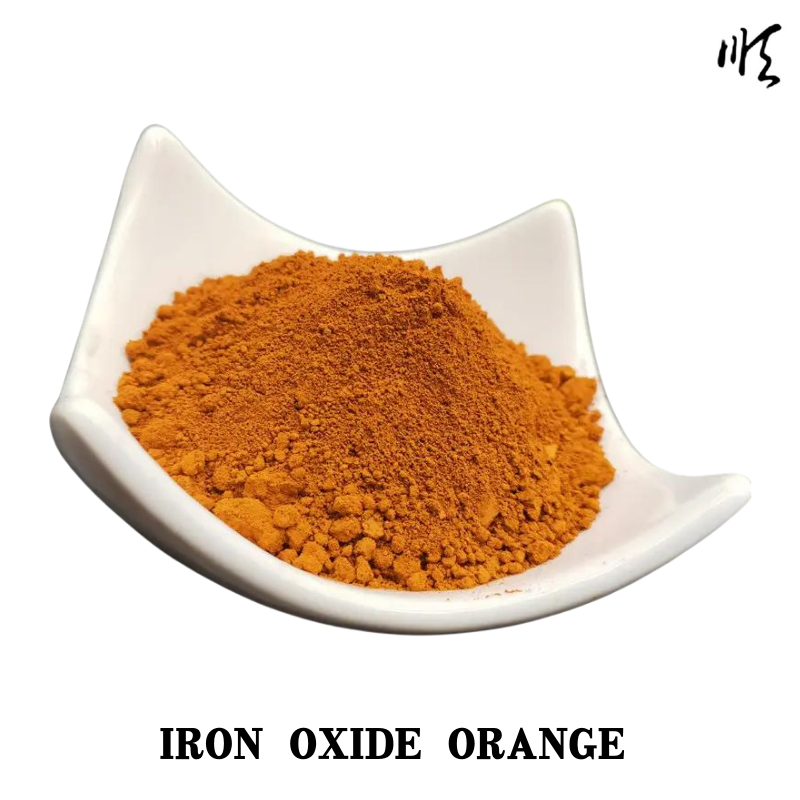
Exploring the Properties and Uses of Zeolite Clay in Modern Applications
The Role of Zeolites in Clay Enhancement A Comprehensive Overview
Zeolites, a unique group of aluminosilicate minerals, are well-known for their crystalline structure and their capacity to act as molecular sieves. They have gained considerable attention in various industries due to their versatile properties, such as ion exchange, absorption, and catalytic capabilities. When combined with clay, zeolites can significantly enhance the properties and functionalities of these materials, leading to a plethora of applications in agriculture, environmental remediation, and construction.
Understanding Zeolites and Clays
Before delving into their synergy, it is essential to understand the characteristics of both zeolites and clays. Zeolites are typically formed from volcanic ash and are characterized by their three-dimensional lattice framework, which provides them with significant void spaces and a high surface area. This structure allows zeolites to trap and exchange cations and anions, making them invaluable in applications such as water purification and soil conditioning.
Clays, on the other hand, are fine-grained natural rocks or sediments composed primarily of mineral particles. Their plasticity and ability to retain moisture make them crucial in various applications including pottery, ceramics, and as additive materials in construction. Clays possess absorptive and adhesive properties but may lack some functionalities, which is where zeolites come into play.
Enhancing Clay Properties with Zeolites
The incorporation of zeolites into clay matrices can significantly modify their physical, chemical, and mechanical properties. Here are some of the key enhancements achieved through this combination
1. Improved Water Retention Adding zeolites to clay can augment its water retention capacity. Zeolites can hold water within their porous structure, acting as a reservoir that releases moisture gradually. This characteristic is particularly beneficial in agricultural applications, where maintaining optimal moisture levels in the soil is crucial for crop growth.
zeolite clay

2. Nutrient Retention and Release Zeolites have excellent ion-exchange properties, enabling them to retain essential nutrients like potassium, ammonium, and magnesium. When mixed with clay, this property can enhance soil fertility, allowing for a controlled release of nutrients to plants over time. This can lead to reduced fertilizer usage and improved crop yield.
3. Enhanced Mechanical Properties The mechanical strength of clay-based materials can also be improved by incorporating zeolites. The reinforcement from zeolite particles can enhance the structural integrity of clay, making it suitable for use in construction applications such as bricks and tiles.
4. Environmental Remediation The combination of zeolites and clays has shown promise in the field of environmental remediation. The unique properties of zeolites allow them to adsorb heavy metals and organic pollutants, while clays can help stabilize these adsorbents. This synergy can be harnessed to develop effective materials for water treatment and soil remediation.
5. Catalytic Properties The catalytic capabilities of zeolites can also be utilized when mixed with clay. This combination can serve as a catalyst support in various chemical reactions, potentially leading to more efficient processes in industries such as petrochemicals and renewable energy.
Applications of Zeolite-Clay Composites
The synergy between zeolites and clay has resulted in numerous practical applications. In agriculture, zeolite-clay composites can be used to create slow-release fertilizers, improving nutrient availability and decreasing environmental impact. In construction, these composites can be employed in the development of eco-friendly building materials that are both strong and sustainable. Furthermore, their application in water treatment systems illustrates their effectiveness in filtering and purifying water.
Conclusion
In conclusion, the interaction between zeolites and clay presents vast potential for enhancing material properties and broadening their applications. As industries continue to seek sustainable and efficient solutions, the integration of these two natural materials could lead to breakthroughs in agriculture, environmental management, and construction. Continued research in this domain is essential to unlocking the full potential of zeolite-clay composites and promoting their widespread use in various practical applications. The benefits they provide not only contribute to improving material performance but also align with the overarching goal of promoting sustainability in our industrial practices.
Share
-
Premium Resin Coated Sand - High Heat Resistance CastingNewsJul.31,2025
-
High Quality Silicon Carbide Grit for Abrasive ApplicationsNewsJul.30,2025
-
High-Quality Ceramsite for Plants & Gardening | Lightweight PebblesNewsJul.29,2025
-
Premium Burgundy Glass Marbles for Vases & Shooter GamesNewsJul.29,2025
-
High Purity Quartz Sand for Industrial and Ground ApplicationsNewsJul.29,2025
-
High-Quality Barite Powder for Drilling & Industrial UseNewsJul.29,2025






